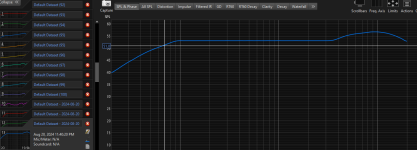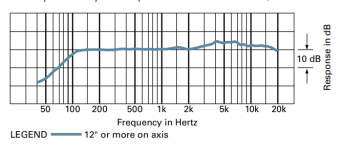- Joined
- Jul 2, 2024
- Messages
- 349
- Reaction score
- 39

Pretty shocked by the conversion of the Sennheiser MKH 416 frequency response. This microphone is an industry standard for a reason. Some characteristics of it that are hard to see on spec sheets is it's not really prone to proximity effect and has a narrow pickup pattern. It has 13dBa self noise which is kind of high so there is audible hiss usually especially if compared to an ultra low noise microphone. I've considered buying it several times but I think the Neumann TLM 103 sounds even better!



I have to admit when listening to audio samples of this mic, it's not as flat in the upper mids as advertised. I noticed it in many audio samples. In a mix especially I don't feel like htis mic sits in a mix cleanly. The upper mids sound colored. I don't know if colored would be the colored term? Fatiguing? This measurement below shows a little bit of waviness in the region that I hear fatigue. It bothers me. It also has subtle self noise so I wouldn't recommend using it.

Last edited:


